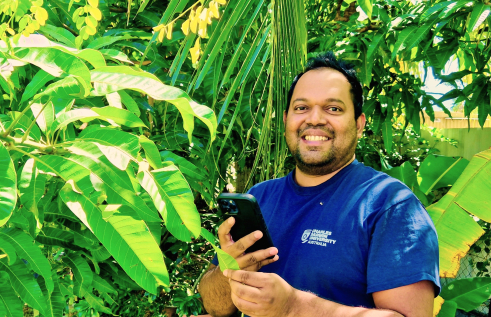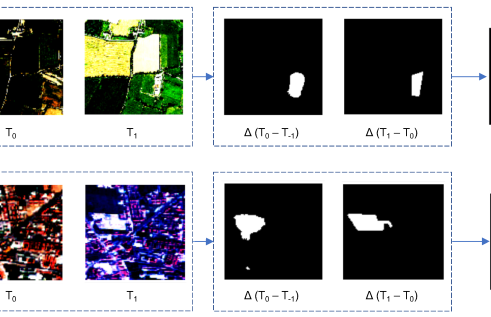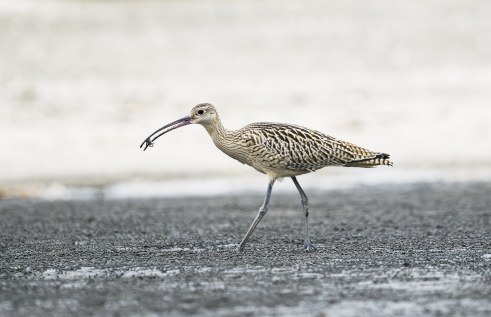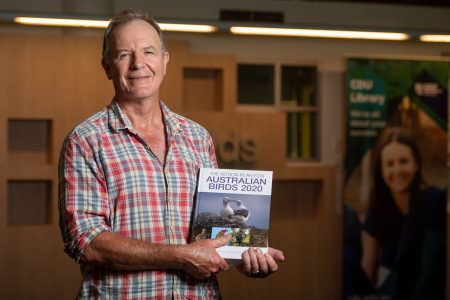News
CDU and BirdLife Australia release Action Plan for Australian Birds
A landmark new report launched today released by BirdLife Australia and Charles Darwin University (CDU) shows a worrying number of Australia’s birds are closer to extinction than they were a decade ago.
The Action Plan for Australian Birds 2020 shows there are now 216 threatened birds in Australia compared to 195 ten years ago.
But it shows the situation could have been much worse, if not for conservation efforts across Australia which have prevented further declines for many species.
Last released in 2011, the updated and revised Action Plan published by CSIRO Publishing, was written by more than 300 experts and edited by CDU Conservation Professor Stephen Garnett and Dr Barry Baker.
The book’s lead editor, Professor Garnett, from CDU’s Research Institute Environment and Livelihoods (RIEL) said the Action Plan for Australian Birds reports on a decade of monitoring and assessment of the populations of Australian birds.
“The results tell us clearly that without changes, many species will continue to decline or to be lost altogether,” Professor Garnett said.
“However, within our report we also have some clear instructions on how to avoid these outcomes. The 2020 report also illustrates how conservation action can turn things around when well-resourced and implemented.”
BirdLife Australia CEO Paul Sullivan said the Action Plan is a measure of our performance as a society of how we treat the birds in our collective care.
“Many accounts in this Action Plan document successes in protecting our most threatened birds,” Professor Sullivan said.
“Species with well-resourced conservation efforts have held the line. With proper investment, more populations will increase by the next Action Plan.”
Among the 77 birds threatened by increases in fire frequency, 26 were made more threatened by the 2019-20 bushfires.
More than 90 birds were affected by more frequent and severe droughts and heatwaves. The report also describes how declining populations of several key species have been stabilised or increased following intensive conservation efforts. These include the Eastern Hooded Plover, Kangaroo Island Glossy Black-Cockatoo and Eastern Bristlebird.
To coincide with the launch of the book CDU PhD candidate Anthony Albrecht has produced a CD of bird sounds.
The sounds are derived from the collection of sound recordist, David Stewart, who has built up his collection of bird sounds over the last half century, and who is donating any proceeds from the sales to bird conservation.
Dr Garnett said some of the bird recordings are very rare.
“When we last prepared an Australian bird action plan in 2010, we were not even sure Night Parrots and King Island Brown Thornbills existed – this CD has calls of both,” Professor Garnett said.
Related Articles

Rooting out plant diseases: Are computers ready to run our farms?
Nature is still too complex for artificial intelligence (AI) modelling to be effective, but the tipping point is close, according to a new study that found the technology may still trip at the last real-world hurdle.
Read more about Rooting out plant diseases: Are computers ready to run our farms?
Tech on the treetops: How AI can protect forests
The Artificial Intelligence model was developed to detect changes in forest cover.
Read more about Tech on the treetops: How AI can protect forests
Volunteers protected Darwin wildlife for 50+ years, but new research suggests it’s time to stop winging conservation efforts
Volunteers have shouldered the burden of shorebird conservation in the Top End for more than half a century, but new research from Charles Darwin University (CDU) suggests it’s time for the government to take responsibility for all of the Northern Territory’s residents – including those with wings.
Read more about Volunteers protected Darwin wildlife for 50+ years, but new research suggests it’s time to stop winging conservation efforts
